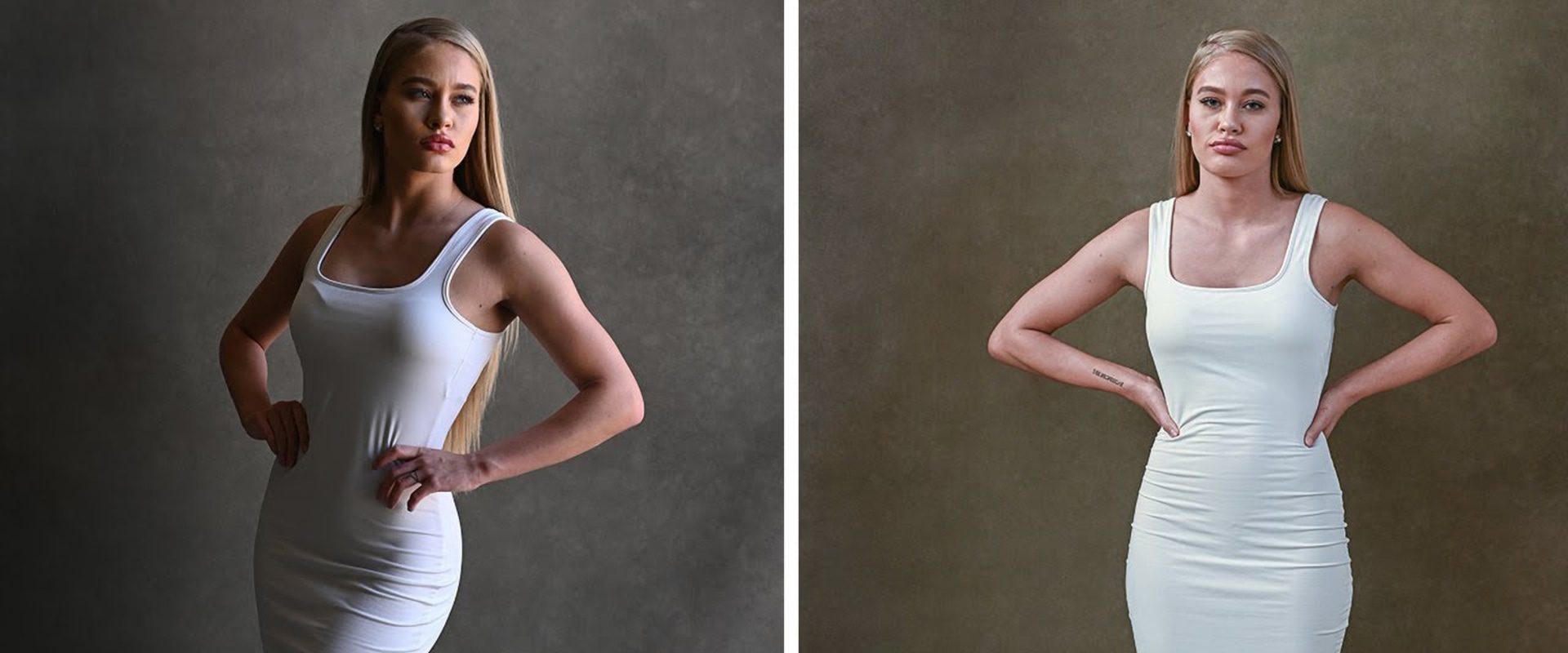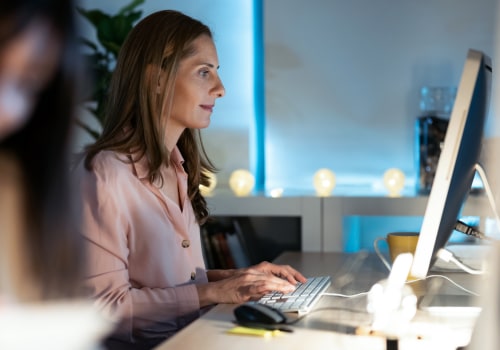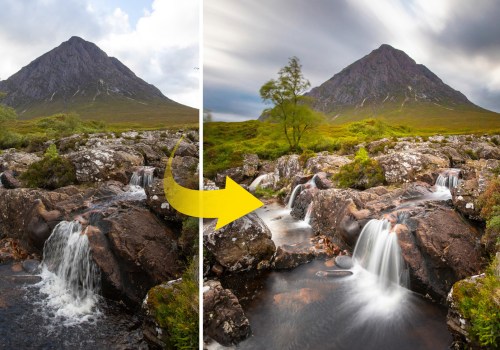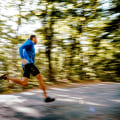Capturing the perfect portrait can be a daunting task for any photographer. Posing your subject can be one of the most challenging aspects of portrait photography. Knowing the best posing tips and techniques for portraits can help you create beautiful, eye-catching images that your clients will love. In this article, we’ll take a look at some of the top posing tips for portraits and how you can apply them to help create stunning images. Posing your subjects correctly is essential in portrait photography, as it helps to create beautiful, flattering images that capture the subject's personality and tell a story.
When creating a pose, there are several elements that should be taken into consideration, such as the subject's body type, clothing, and the desired look of the image. It is important to ensure that the pose looks natural and comfortable, and can be adjusted if it looks awkward. Composition is also key when creating a pose, as it can help to create dynamic images that draw the viewer in.
Why Poses Are Important in Portrait Photography
Poses are one of the most important aspects of portrait photography, as they can drastically affect the final result of the image.It is important to choose poses that flatter the subject and show off their best features, while still looking natural and effortless. It is also important to consider the body type of the subject, so that the pose looks comfortable and appropriate. Different body types may require different poses to ensure that the subject looks their best in the photo.
Examples of Different Poses
When creating a pose for a portrait, it is helpful to have an idea of some different poses that work for different body types.For example, if you are photographing someone with a tall frame, you may want to have them stand sideways and angle their body slightly towards the camera. This will create a more dynamic and interesting image. For someone with a petite frame, you may want to have them sit in a chair or on the ground and angle their body towards the camera. This will create a more graceful and delicate look.
Another pose that works well for many body types is having them sit with their legs crossed and their hands either in their lap or on their knees. This pose can be adjusted depending on the clothing and accessories they are wearing.
Making Sure the Pose Looks Natural
When creating a pose for a portrait, it is important to make sure it looks natural and effortless. If it looks too posed or uncomfortable, it will not look as good in the photo. Some tips for making sure a pose looks natural include adjusting it slightly depending on the clothing and accessories being worn, making sure the subject is not straining any muscles or joints, and having them focus on something other than the camera.This will help them to relax and look more natural in their pose.
Using Composition to Your Advantage
When creating a pose for a portrait, composition is also an important factor to consider. Composition can help to create more dynamic images by using objects or lines in the frame to draw the viewer's eye into the image. For example, if you are photographing someone in front of a brick wall, you may want to have them stand at an angle so that one side of their body is visible against the wall. This will help create an interesting image with depth and texture.Tools for Creating Dynamic Poses
There are several tools that can be used to help create more dynamic poses for portraits.For example, using props such as chairs or benches can help create interesting angles and compositions within a frame. Additionally, using mirrors or reflective surfaces can help create interesting images with multiple angles. Finally, using artificial lighting can help to add depth and dimension to an image.
Using Props in Your Poses
The use of props is an excellent way to add interest to your portraits and create more dynamic shots. Props such as chairs, blankets, and other objects can be used to create interesting angles and poses that would otherwise be impossible.For example, you can use a chair to help your subject lean against it while posing in an interesting way. By using props, you can also create a more intimate setting for your portrait shoots and add a unique touch to your photos. Another benefit of using props in your poses is that they can help create different effects depending on what they are. For example, if you use a blanket, you can make the subject look warm and cozy which adds a different feel to the photo. If you use a chair, you can make the subject look more formal or posed.
You can also use props to add texture and depth to your portraits by incorporating different shapes and sizes. When using props in your poses, it’s important to remember that less is more. Too many props can be distracting and take away from the subject of the portrait. It’s best to focus on one or two props that will help create the desired effect without overwhelming the photo. Be sure to experiment with different props and angles to find the ones that work best for you.
Posing with Multiple Subjects
Posing with Multiple SubjectsWhen it comes to portrait photography, posing with multiple subjects can be a challenge.It's important to make sure that everyone looks natural and relaxed in the same pose. It's also essential to consider composition and how to make the shot more interesting. Here are some tips for posing with multiple subjects. The first step is to create a pose that looks natural. Choose a pose that is comfortable for everyone involved, such as having the subjects stand side-by-side or facing each other.
Make sure that all the subjects are in the same position, so that the photo looks balanced. Props can also be used to create a more dynamic shot. For example, you can use chairs, blankets, or other items to create different angles and levels of height within the frame. This adds depth and interest to the image. Additionally, props can help to create a sense of connection between the subjects, by having them hold hands or look at each other. Finally, it's important to consider the composition of the shot.
Think about where you want the focus of the image to be, and how you can use the elements in the frame to draw attention to it. For example, if you want to focus on one particular subject, you can use other subjects in the frame to direct attention towards them. Additionally, when photographing multiple subjects, remember to leave some negative space in the shot for a more balanced composition. In conclusion, posing for portraits requires practice and experimentation. Using props can help bring your poses to life and make them more interesting.
When posing with multiple subjects, keep in mind the size of the group and the dynamic between the subjects. Make sure to communicate with your subjects and take your time to get the perfect pose. Lastly, remember that practice makes perfect so don’t be afraid to try out different poses. By following these tips and tricks, you’ll be able to take professional-quality portraits with confidence. So go out there, experiment, and have fun!.








